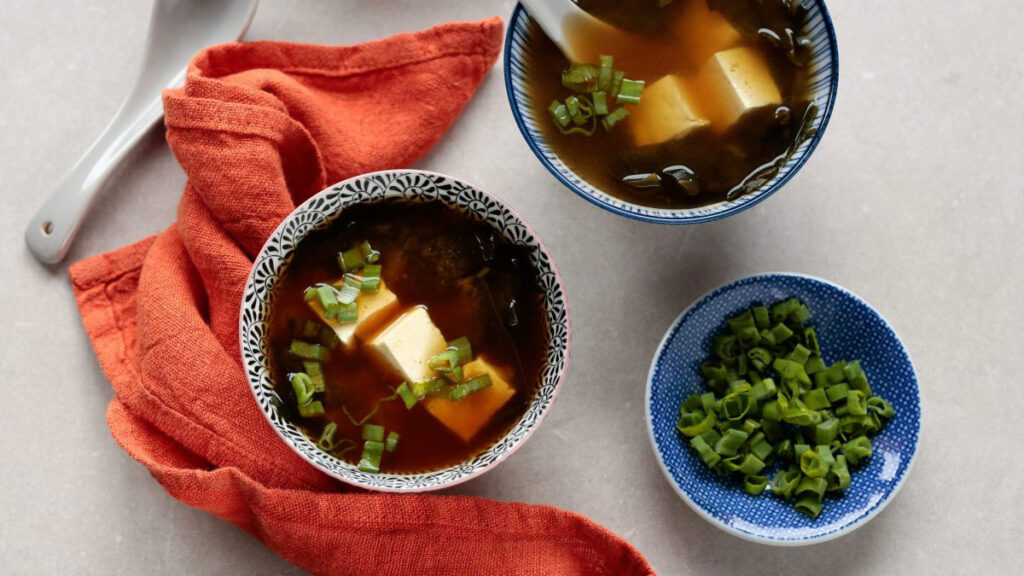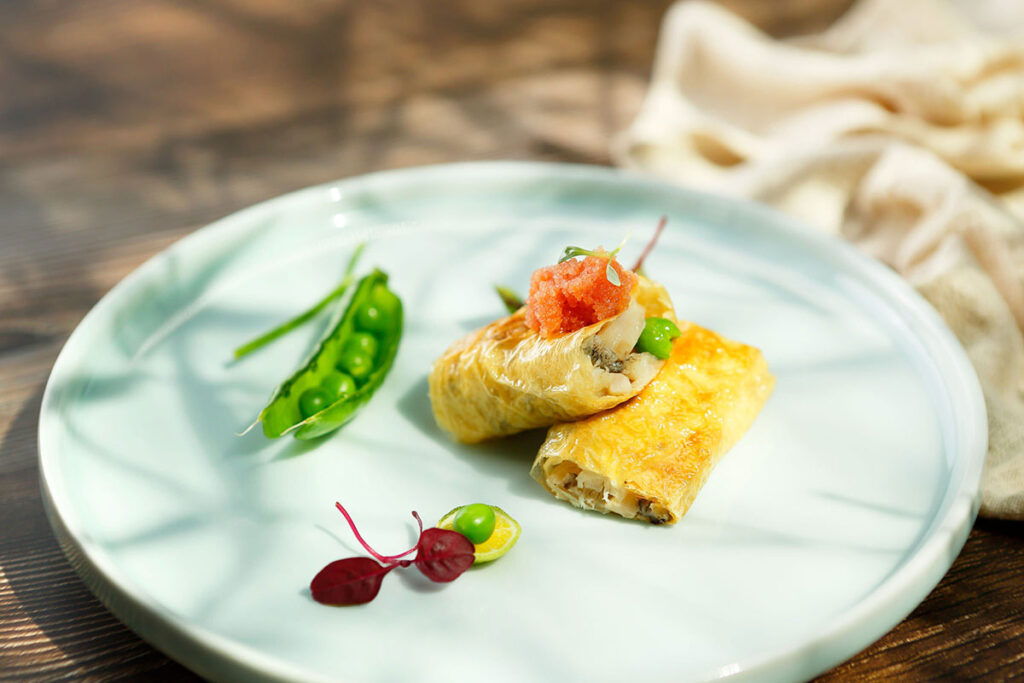Tofu originated in China more than two centuries ago and reached Japan in the late 8th century. In the 1960s, as the Western world became more conscious of healthy eating, tofu arrived at its shores. Although still considered an underrated protein, tofu steadily began to grow in popularity and found its way to Korean, Vietnamese, Thai, Filipino, Malaysian, Singaporean and Indian cuisines.
Westerners used to perceive soy products including tofu as bland but this was probably due to lack of knowledge or the inability to cook tofu properly. This perception is changing quickly as they acknowledge the healthful benefits of tofu. Not only does it contain minimal calories, it’s packed with nutrition, is high in protein and is a super versatile and delicious food.
Soy products are also evolving to suit every taste and a range of dietary preferences. Fast forward! Now, several restaurants have soy protein in their menus. From vegan to fried chicken, smoothies to chocolate mousse, tofu has earned its rightful “seat” at the table.
What is tofu?
Tofu or beancurd is a popular food derived from soybeans. It’s made by curdling fresh soymilk, pressing it into a solid block and then cooling it, similar to traditional dairy cheese making. Tofu can be cooked in many different ways to change its texture from smooth and soft, to crisp and crunchy, and is available in various forms, shapes and textures, among which are:
Silken tofu: Made with minimal curdling and processing, resulting in a product that is delicate in both texture and flavor. Silken tofu works well in creamy and blended foods like smoothies, desserts, puddings, salad dressings, sauces, and dips. The Chinese doufu hua or tofu pudding served with sweet syrup is the perfect dessert to finish off a meal.

Soft tofu is good for soups and making dips. (Photo: Cookist)
Firm tofu: Quite sturdy and excels as a meatless substitute for a steak. Encompassing several textures, it becomes firm as more water is pressed out of the curd. Firm tofu can be stir-fried, fried, deep-fried or baked. Indonesians love their Tahu Goreng (fried tofu), a popular dish that is lightly marinated or braised and then boiled and deep-fried.

Tahu Goreng is an Indonesian favorite. (Photo: Cook Me Indonesian)
Fermented tofu: Made by inoculating tofu with mold, the strains are left to proliferate for a few days, and then packed with a seasoned brine. It can be used as a condiment or an ingredient for dipping sauces. Just a hint of salt adds flavor to a simple rice or porridge or mantou (plain steamed buns).
Tofu skin: Also known as yuba (dried tofu skin) in Japanese, tofu skins are made from peeling off the top layers that form while simmering soymilk. Tofu skins can be used as wraps or cooked with other ingredients in a soup.

Tofu skins make great wrappers for spring rolls with filling. (Photo: Alaska Seafood)
Not just for vegans
While many consider tofu a meat replacement for vegetarians, in fact, many dishes combine meat, seafood and tofu. Tofu can be stuffed with meat filling and fried, boiled with leafy greens and minced meat to make a simple soup, or even fried or boiled on its own and served with fish sauce for dipping.
From the creation process to how we use it, this versatile food has evolved so much over time. No doubt, tofu will continue to flourish over the coming years for the world to enjoy in a variety of delightful ways!








